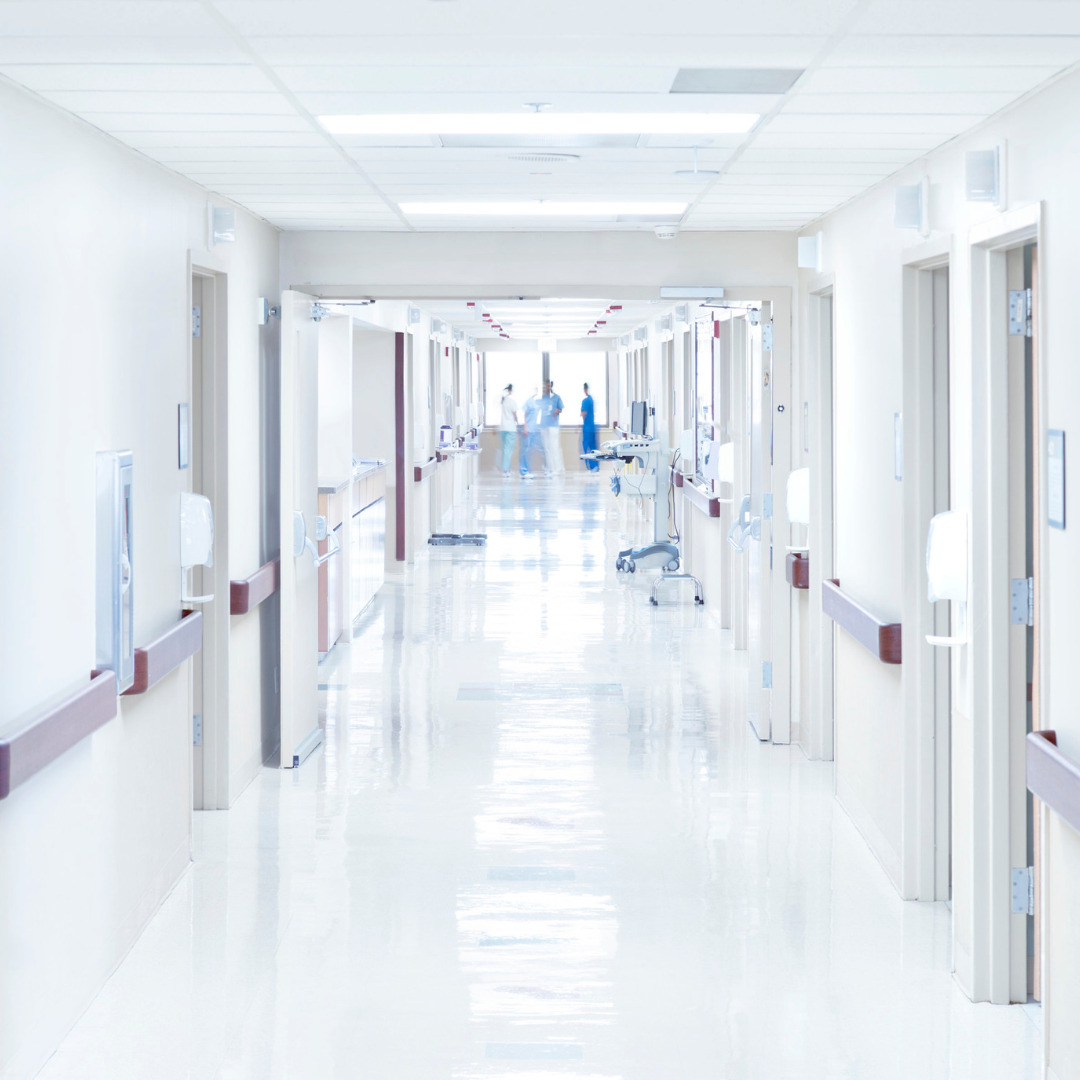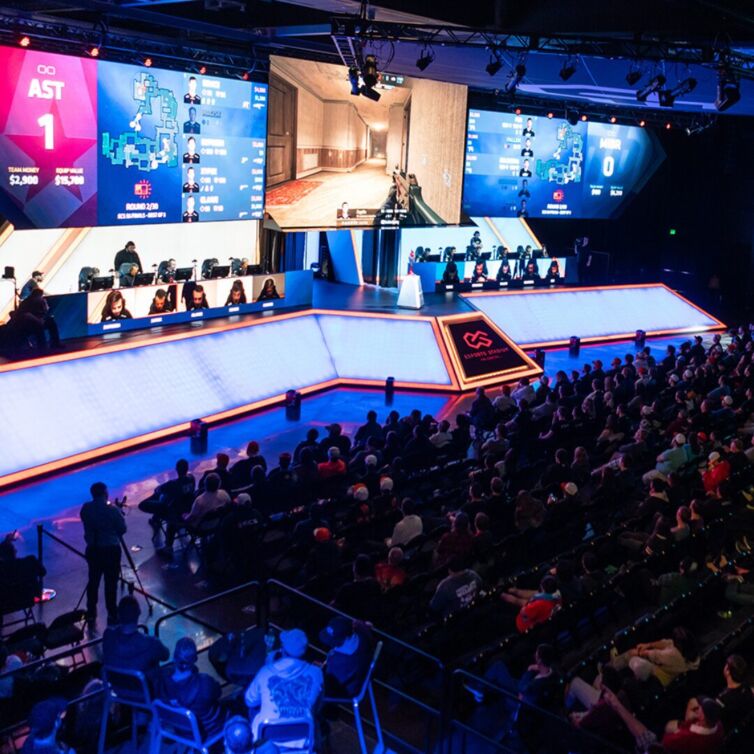Adapting Healthcare Security to Evolving Technology
Security in Digital Hospitals | October 6, 2023
Security is essential in any space, but spaces that hold sensitive information and people in their most vulnerable state makes it even more necessary to provide the highest building security standard. Starting from the moment they enter the building, patients and visitors should feel secure. This can manifest in security check-in desks, visible surveillance systems, and access control systems that allow only those who are necessary into certain spaces.
BrightTree Studios’ Security Designers say, “Security detects but also gives information to people who are responding to security issues.” Surveillance systems that allow security staff to view all cameras within the space in real-time, paired with a footage storage system gives users the ability to plan for future incidents, while keeping the facility safe.

“Starting from the moment they enter the building, patients and visitors should feel secure.”
Real-time viewing can also be made available at nurse stations, giving them the opportunity to periodically check-in on high-risk patients without physically going into the room and disturbing them. Security systems are designed to keep potential dangers out, but also keep the people inside safe from wing-to-wing.
Removing card readers from walls is one way hospital designers can “hide” these security measures. Placing readers inside of doors that are able to detect NFC tags within the hospital staff’s badges gives the knowledge of safety, while also allowing patients to remain comfortable throughout their care. These technologies have advanced to also make this possible for facial recognition. As more facilities move to a fully digital network, the visitor access control possibilities significantly expand.
Through your phone’s GPS tracker and a hospital specific app, it’s possible that visitors could check in at a security desk with a QR code, directing them to the patient’s room. This could mitigate the risk of visitors wandering around the hospital, giving security professionals the ability to detect when a visitor has left their designated areas. The security team also has the opportunity to provide high-quality training materials for hospital staff and local police departments. With the security cameras located in the correct spots, it’s possible to create the exact environment in a virtual world.
Our designers mention, “Police and security staff could walk through a building with a VR headset before they go in, allowing them to detect risk areas and give them the knowledge to respond to [security risks] correctly.”
In a rapidly changing technological landscape, safety within high-risk environments remains at the forefront for our security designers. Advancements like real-time facial recognition and advanced access control systems now make it possible to enhance security measures effectively. With the technological advancements throughout the entire hospital, it’s important to keep security as a top priority.
Security systems are designed to keep potential dangers out, but also keep the people inside safe from wing-to-wing.
Interested in learning more about our health design considerations? Check out our previous blog about acoustics in the digital hospital environment.




